Breeding options for sedum

Sedums are charming biennial and perennial succulents grown by gardeners both outdoors and at home. These unpretentious plants do not require specific and complex care, they bloom beautifully and multiply easily. What methods can be used to propagate sedum and what time of year it is best to breed sedum, we will consider below.

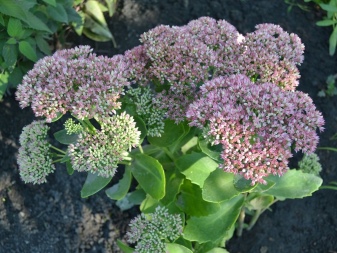
Basic ways
For breeding these succulents at home, flower growers usually use:
- cuttings;
- delenki (parts of the mother plant);
- seeds.
Cutting is the simplest and most effective way of propagating sedums. To obtain a new generation of young succulents, flower growers use stem and leaf cuttings.

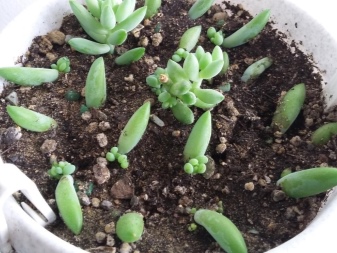
There are practically no problems with the rooting of these parts of plants, so even a novice florist can use this method.
Division of the mother bush - Another effective method of sedum breeding, which is often used by experienced flower growers. This method allows you to get several viable bushes from one adult plant at once, which, with proper care, reach maturity quite quickly.
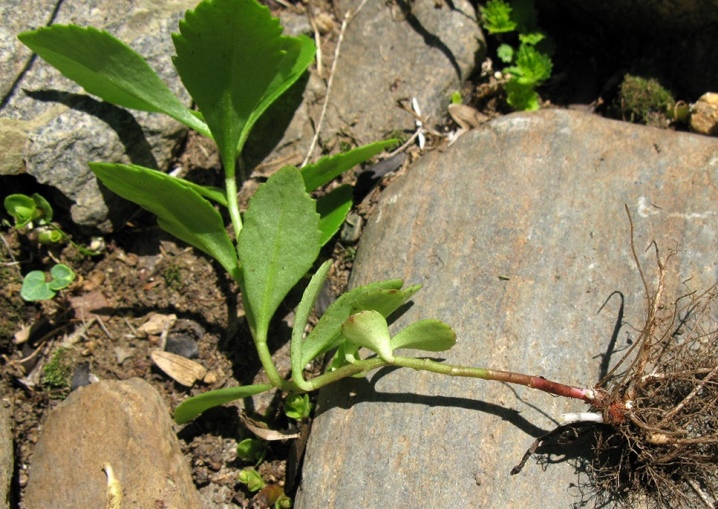
Seed breeding method is the least popular with florists. It provides for sowing sedum seeds for seedlings with preliminary stratification.
Below are descriptions of the most popular methods for propagating sedum: grafting and dividing the bush... Observations show that vegetative propagation of stonecrops, if all recommendations are followed, can achieve very good results.
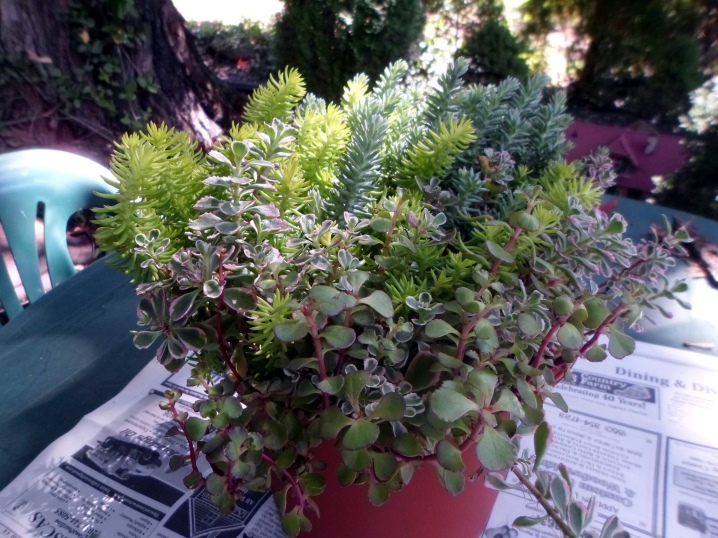
Features of cuttings
Sedums are propagated by leaf and stem cuttings, usually in the warm season. The most suitable seasons for this procedure are spring and autumn. Experienced growers recommend harvesting cuttings before succulent flowering (in spring) or after it (in autumn). It is undesirable to use flowering, weakened, damaged or very young plants under three years of age for harvesting cuttings.
Before harvesting cuttings, planting containers or cups with loose soil should be prepared.
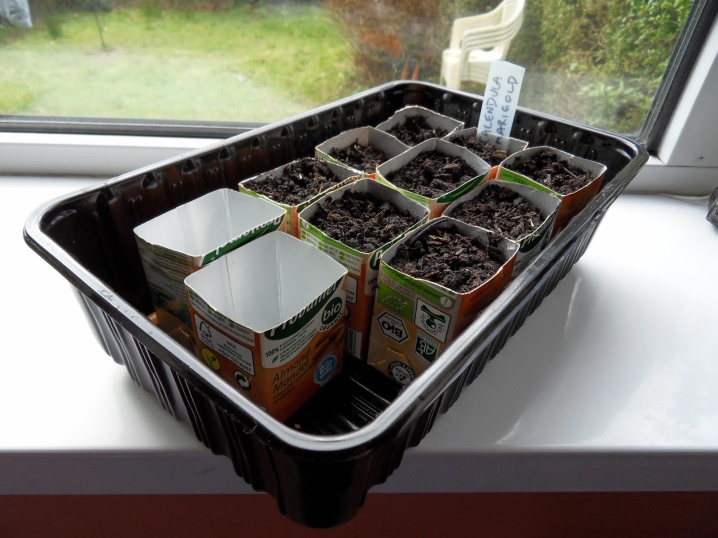
It is prepared in advance from sod land, leaf humus, peat soil and sand (recommended proportions are 1: 1: 1: 1). It is also allowed to use ready-made store substrates recommended for growing succulents. Before filling the pot with earth, it is necessary to lay a drainage layer on the bottom of the container: river pebbles, pieces of expanded clay or foam.
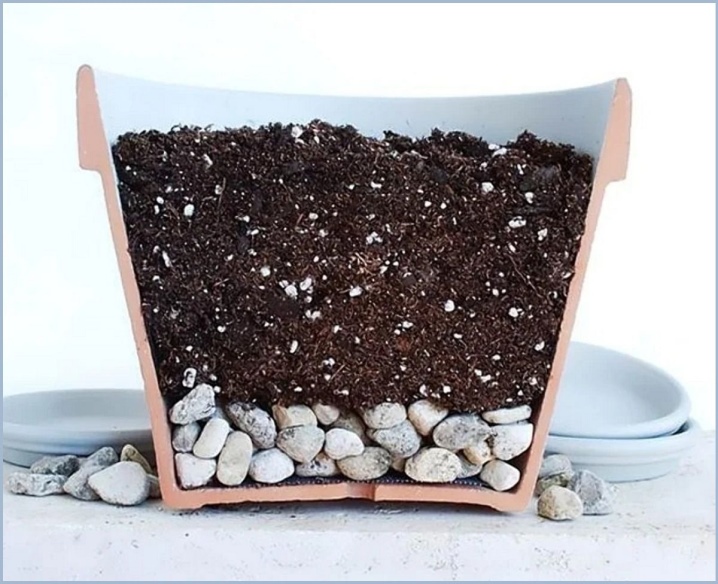
Cuttings are carried out as follows:
- choose the strongest, well-developed aerial shoot on stonecrop;
- break off or separate with scissors the upper part of the shoot 5-6 centimeters long;
- a pair of lower leaves are removed from the cutting;
- treat the cut site on the mother plant with charcoal powder.
The prepared stalk is placed in a container or glass with soil mixture. The lower part of the shoot is buried in the ground by 1.5-2 centimeters. After planting, the cutting is thoroughly watered.

It is not necessary to equip a mini-greenhouse or tighten a container with a handle with a film. With excessive humidity or excessive watering, rooting cuttings of succulents can rot.
Watering is carried out as the soil surface dries up in the container. Successful rooting will be evidenced by the gradual growth of cuttings and the formation of new leaves on them.
You can root the sedum stalk in a glass of water. Some growers pre-treat the lower cut of the shoot with root stimulants (Kornevin, Epin). With the correct procedure, the roots of the cuttings appear after 2-3 weeks.
Leaf cuttings of stonecrops are rooted in the same way. To do this, use healthy leaves from mature plants. Many types of stonecrops reproduce by leaves on their own. After falling, the leaves of such plants root safely in a pot with a mother bush without outside interference.
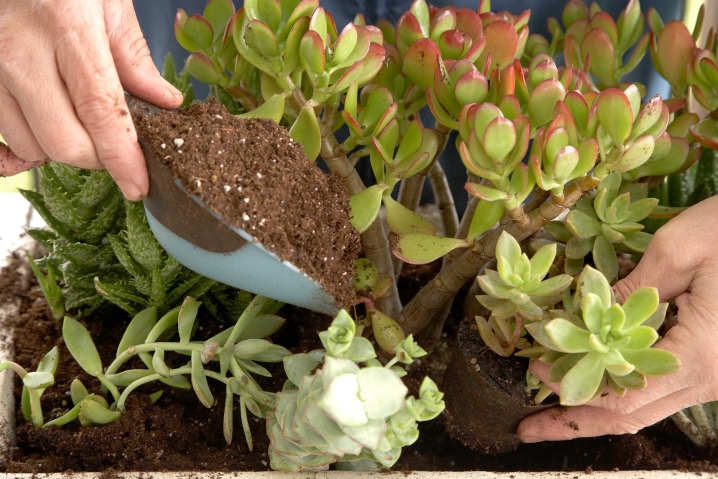
To root stonecrop leaves, they must be spread out on the surface of a moist, loose substrate. Some growers slightly bury the lower cut of the leaves (or their petioles) into the ground. In the process of rooting the leaves, it is important to ensure that the surface of the substrate does not dry out.
Florists recommend rooting stem and leaf cuttings at an indoor temperature of + 20-23 °. During the rooting period, the cuttings should be kept in a bright room without drafts. It is not allowed to place rooting planting material in direct sunlight.
In winter, it is allowed to propagate erect varieties of sedums by cuttings. In this case, cuttings are harvested in late autumn.
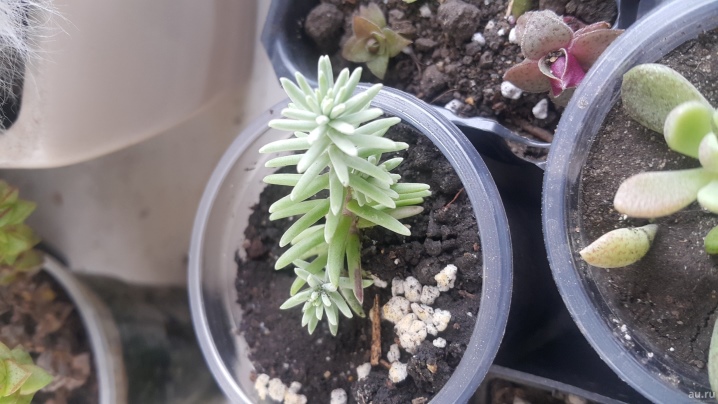
After harvesting, the cuttings are laid out on sheets of paper and sent to a dry room. After 2-4 weeks, the leaves will fall off the cuttings, after which young green shoots will begin to appear in their axils. When the shoots reach a length of 4-6 centimeters, they are separated from the cutting and planted in boxes with a loose substrate.
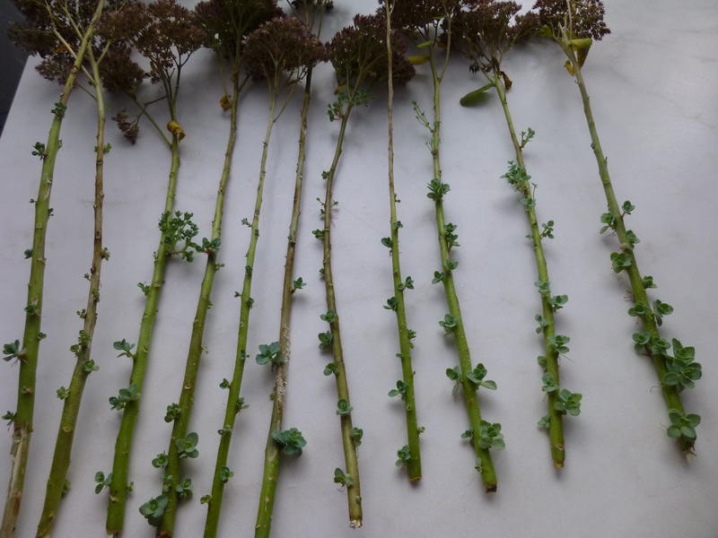
How to multiply by division?
This method of propagation of sedum requires the least amount of time required to obtain a new generation of plants. Young succulents obtained by this method take root well, grow more actively and reach adulthood faster.
For reproduction by divisions, such well-known varieties of sedum are suitable as:
- ordinary;
- Morgan;
- red-colored;
- Siebold;
- high;
- thick-leaved.
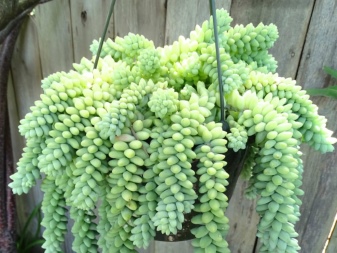
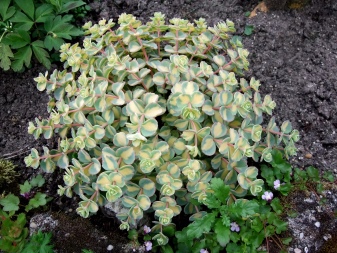
Only healthy, well-developed and strong bushes over 4 years old are suitable for the procedure. Separation of mother bushes is carried out in early spring.
The sequence of actions is as follows:
- the mother plant is carefully removed from the pot along with a lump of earth on the roots;
- examine the root ball, remove damaged, diseased and dry root fragments;
- divide the bush into parts by hand or with a sharp knife or garden pruner.
The plant should be divided so that each part of it has roots and shoots with buds and growth points.
After the procedure, the places of cuts and traces of damage on the roots and stems should be treated with any fungicidal preparation and sprinkled with chopped charcoal.
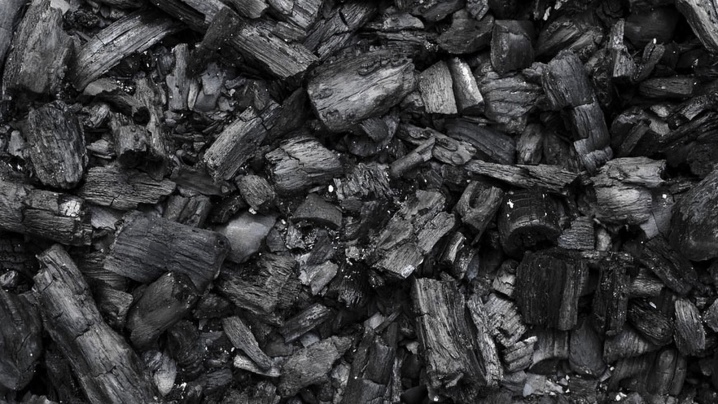
After processing, the delenki are dried in the shade for 1-2 hours. Then they are planted in pots with loose soil mixture. After disembarkation, the containers with the cuttings are placed in a warm and bright room, protected from drafts and direct sunlight.
With the help of cuttings and dividing the mother bushes, you can easily get a new generation of young succulents. Ease of reproduction is an important characteristic of sedums, which has made them popular among experienced and novice flower growers.
For more information on sedum, see the video.






































































































The comment was sent successfully.